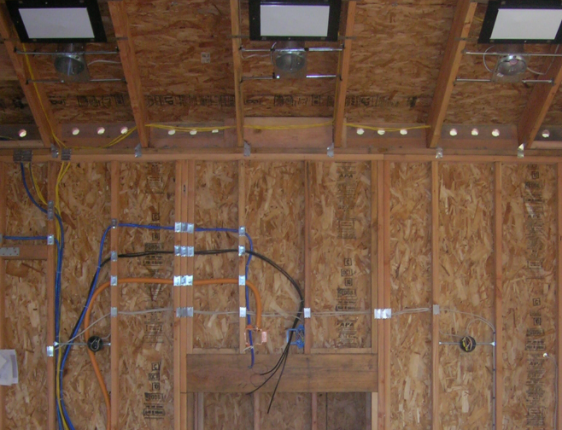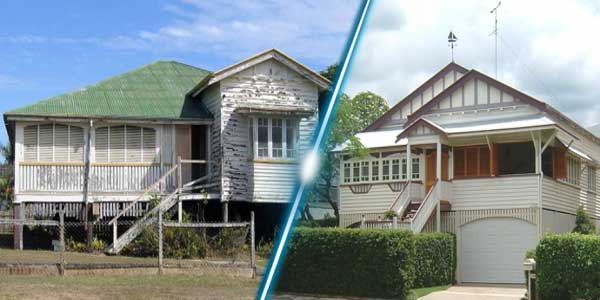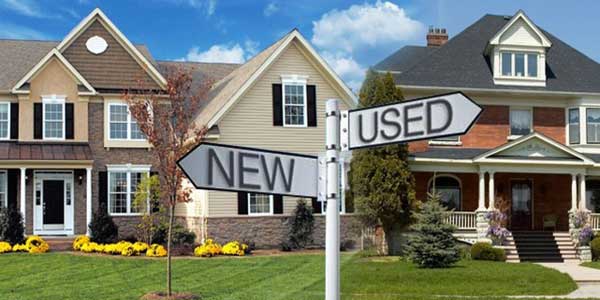 brand new carpet, and then cut a hole for the outlet box in the floor and run the wiring, the work would cost almost twice what it would have if it had been done during construction.
brand new carpet, and then cut a hole for the outlet box in the floor and run the wiring, the work would cost almost twice what it would have if it had been done during construction. If you incorporate recessed fixtures into the ceiling, it is possible to dispense with table lamps entirely with such a balanced furniture arrangement. But this will be very expensive, as with the floor outlets, if you install them after your house is done. Later, installing overhead fixtures involves cutting holes in the ceiling, running cables to a wall switch and tying them into an existing circuit. You will have to run a wire to the panel box should a new circuit be needed. The impact would be good after the job is done and all the drywall dust is vacuumed up, but the charge can easily be two or four times what it would have been if the fixtures had been installed before the drywall went up.
Frustration often happens when new homeowners try to install kitchen outlets because they discovered the plugs and cords got in the way when they put their appliances up against the backsplash.
It's hard to envision how you're going to use the kitchen and exactly where you want the outlet for the coffee maker or mixer when the outlets are built, because the house is at the framing stage and all you see are studs. Second, homeowners can analyze the kitchen and outlet positions they are now using. Then they have to research the electrical drawings of their architects, which locate all the switches and outlets in the building. It will take the electrician longer to get the kitchen outlets exactly where you want them, so you will have to pay extra for this but the simplicity with which you can work in your new kitchen makes it worth the additional cost.
Planning ahead for exterior lighting, particularly during the Christmas season, would also prevent headaches later. While some buyers order wiring for outside security lights, before the holidays come, no one ever thinks of hanging Christmas lights outside. During building, adding wiring specifically for this would make this job much simpler and prevent hanging cords anywhere. For instance, if you want to put lights just below the roof line along the eaves, add wiring and an outlet there.
In the future, because households, especially those with home offices, will increasingly become more technically sophisticated, homeowners should also consider adding additional cable and telephone capacity to your new house. During building, the extra wiring will typically be mounted at reduced cost and tapped for use when the time comes.





